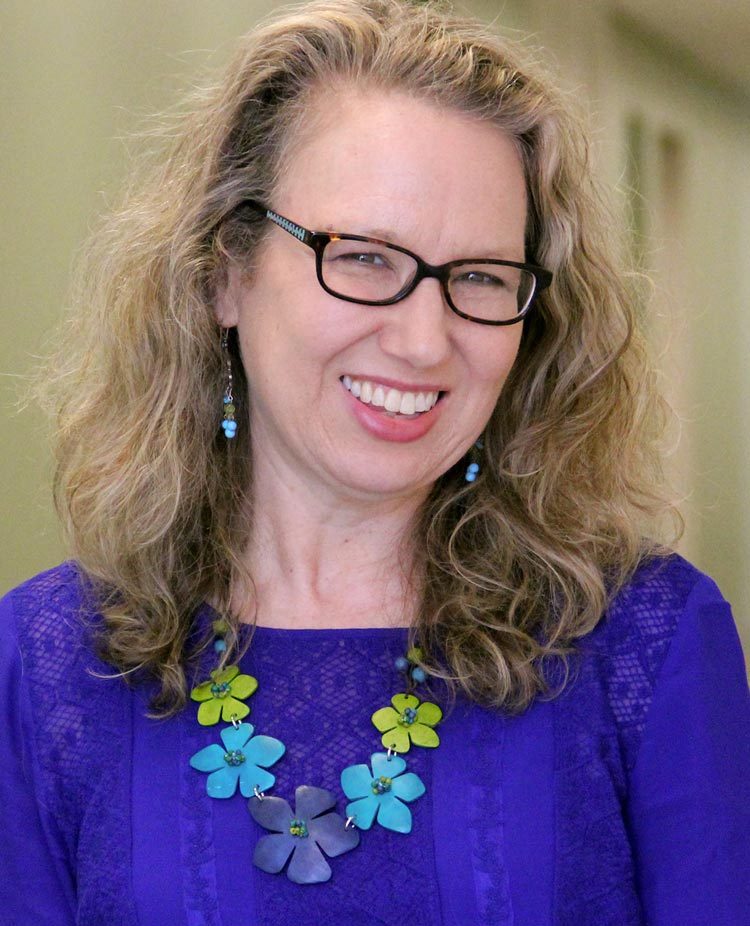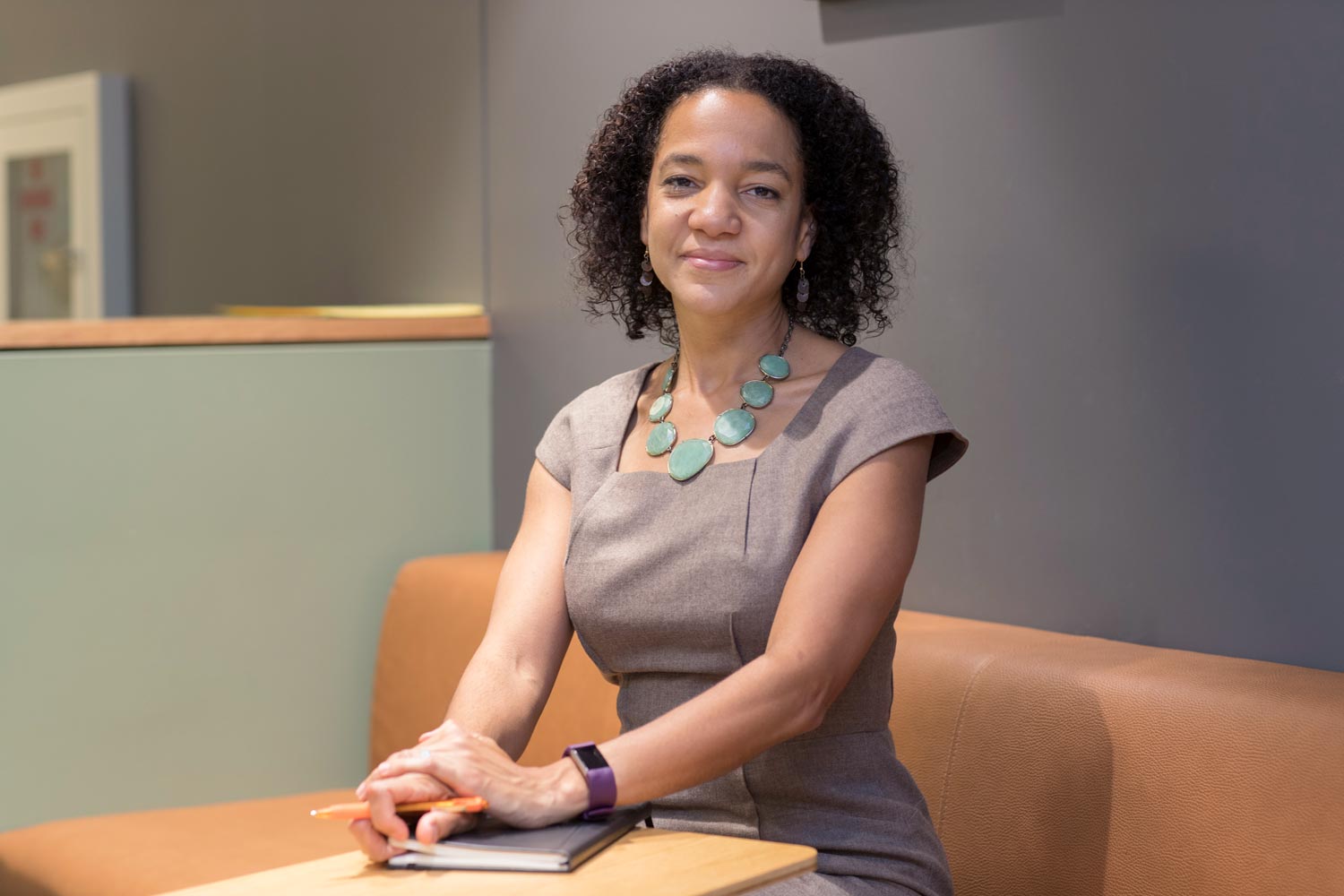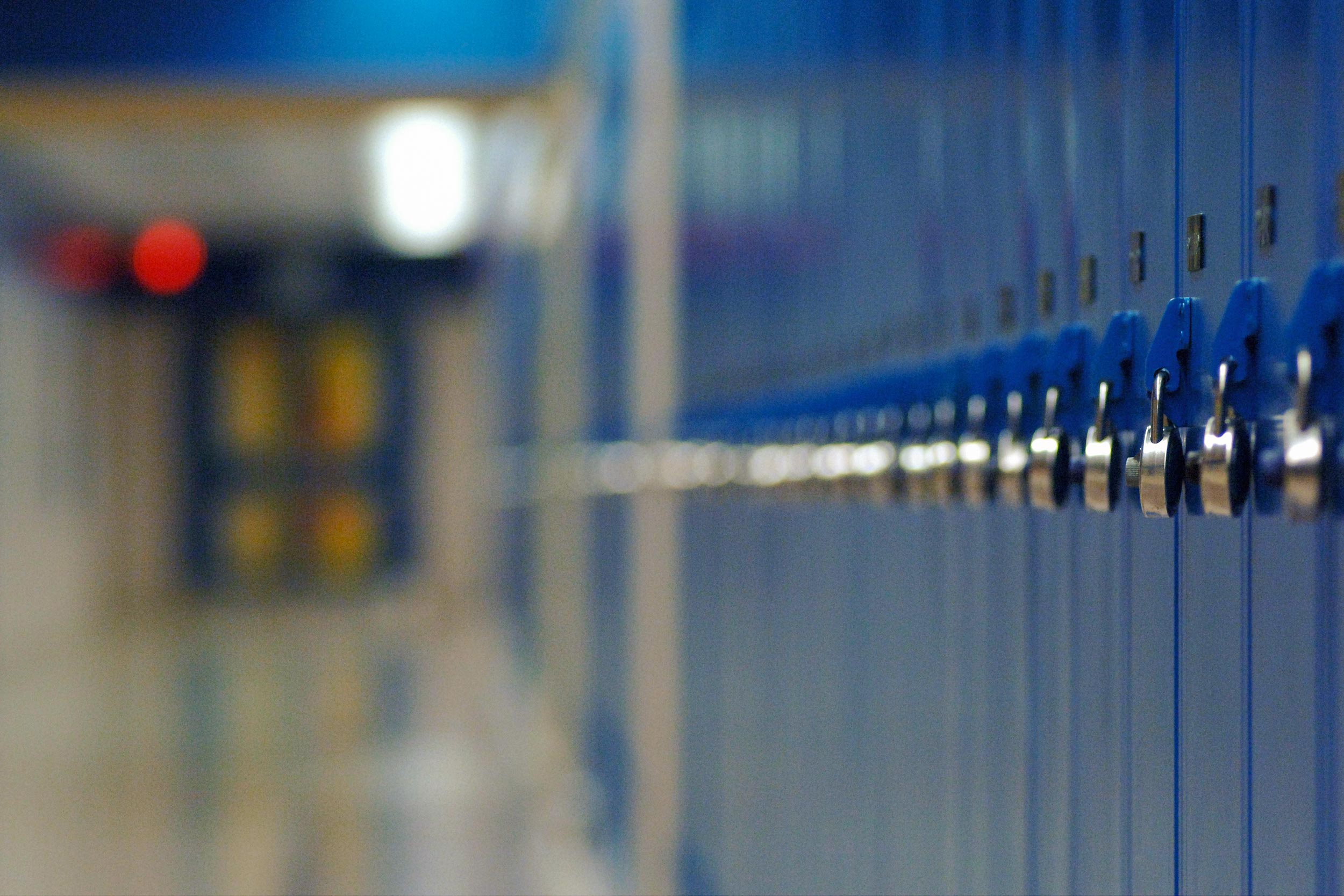Ask anyone their thoughts about the middle school years and odds are you will get a similar response, one that includes a grimace and a knowing nod acknowledging how awkward and difficult those years can be.
Researchers at the University of Virginia’s Youth-Nex center believe that instead of being years students simply endure, the middle school years can be those where young adolescents flourish and grow to become thriving young adults. This week, the center launched a multi-year effort to reimagine and remake middle school into such a reality.
The “Remaking Middle School” initiative starts with the notion that the current structures of most schools are not designed to best support young adolescence.
“As adults, we have created a system that, at best, treats youth as incomplete, and at worst, as threats,” said Bob Pianta, dean of the UVA Curry School of Education and Human Development. “Teens’ assets don’t fit neatly into our system, so we often don’t recognize what they can accomplish. They are square pegs in the systems of round holes created by adults.”
However, through this initiative, Youth-Nex scholars and their partners nationwide envision how all middle schools can transform into supporting, student-centered learning environments designed appropriately for young adolescents and helping them to thrive.
Middle School Matters
Early adolescence is defined generally as ages 11 to 15 and grades six to nine. These students experience significant biological, cognitive and social-emotional changes during this period of their lives. These years are an important developmental period in and of themselves, as well as a critical point for young people in their path to college and successful adulthood.
According to Curry School professor Nancy Deutsch, director of Youth-Nex, more than a quarter of middle school students in America say that a teacher or school counselor has had an indelible impact on their success. By creating environments that support the development of a healthy, confident identity, middle school can situate young people in a position to achieve great academic success and psychological well-being, she said.
At the same time, “Just one failing grade or inconsistent year of attendance can leave a student in sixth grade with only a 15 to 25 percent chance of graduating high school on time,” Deutsch said, “while increasing family engagement in middle school can translate to increased high school graduation rates.
“As we increasingly understand the critical role this season of development is for young people, we can no longer be satisfied with the current state of middle school.”
A Team Effort
A community of individuals and organizations across the country is working to improve and reimagine what middle school can be. To launch the Remaking Middle School initiative, Youth-Nex collaborated with the Association of Middle Level Education, along with co-sponsors New York Life and Altria, to call for a gathering of those doing and supporting this work.
Nearly 150 individuals gathered Feb. 12 and 13 at Gallup World Headquarters in Washington, D.C. for a two-day summit aimed at understanding the current challenges facing education and youth development in the middle grades and preparing for what is next.

Nancy Deutsch, who is leading UVA’s effort to remake middle school, says changes ought to take into account a surge in brain development during early adolescence. (Submitted photo)
“The Remaking Middle School Summit was an opportunity to catalyze a group of people nationwide who have been working in, and innovating in, this area and to reinvigorate and support those efforts,” Deutsch said.
The summit launched with a panel of middle school students, who offered a series of insights, including their desire to be taken more seriously and for school to be structured with more flexibility, similar to their after-school programs. For example, after-school programs often allow for both curriculum and space for building relationships with friends and adults. The students ended with a charge for the adults in the room to never give up.
Others at the summit included teachers, principals and superintendents, those working in after-school efforts, representatives from organizations funding innovative middle school programming, researchers and others.
“There are so many facets to understanding and improving the structures currently in place for young adolescents,” Deutsch said. “This effort of remaking middle school could never happen without all of us working together.”
The summit also provided an opportunity to provide a common research base on what is known about this critical state of development and learning.
Researchers at the Curry School and the University of Vermont provided working papers on four domains of young adolescence and middle school: adolescent development, school and culture and climate, teaching and learning in the middle grades, and leadership.
“The Remaking Middle School Summit was an opportunity to catalyze a group of people nationwide who have been working in, and innovating in, this area and to reinvigorate and support those efforts,” Deutsch said.
The Adolescent Brain: The Second Growth Spurt
The increasing body of research on positive youth development outlines how middle schools across America can help young people navigate the changes of early adolescence and build on their innate strengths to become thriving adults.
Research on the adolescent brain is increasingly informing the understanding of these middle grades.
“It is widely recognized that early childhood, especially ages 0 to 3, is a time of rapid brain development,” said Joanna Williams, a Curry School professor who is involved with Youth-Nex. “But in recent years, we’ve learned that there is a second period of major brain development that happens during adolescence. It’s like a second growth spurt, and it creates an important window of opportunity for maximizing positive development.”

Associate professor Joanna Lee Williams believes ongoing research on the adolescent brain can help educators create a better middle school experience. (Photo by Dan Addison, University Communications)
According to Williams, this new knowledge, when paired with what we understand about adolescent behavior, can provide a roadmap for how we engage with youth that empowers them, instead of limiting them.
“When we see adolescents’ willingness to take risks as negative, our instincts as adults are to design solutions that protect them from danger,” Williams said. “For adolescents, this can feel restricting and frustrating. But if we reframe our understanding of ‘risk’ and view it instead as adolescents’ willingness to try new things – if we shift from seeing young adolescents as unpredictable to seeing them as flexible and creative – we can better design opportunities to enhance learning and drive curiosity.”
According to Williams, the second stage of significant brain development demands attention.
“As we better understood young children’s brains, we made significant strides in policy and investment in early childhood,” Williams said. “It is now time for us to do the same for adolescents. It’s a time of incredible change and opportunity, and we must maximize this opportunity by investing in affirming and equitable educational settings.”
A New Kind of Middle School
The middle school years can represent an opportunity for young people to find their voice, learn at an unmatched clip and develop longstanding relationships. By the end of the summit, participants had wrestled with dozens of challenges and specific opportunities to make possible this reimagined middle school.
Moving forward, Youth-Nex will steward a series of “design teams” that will focus on the following areas:
- Community and family engagement.
- School culture.
- Student voice and agency.
- Reshaping the middle grades conversation.
- Teacher learning and professional development.
- Translating research into practice.
This effort will imagine a new kind of middle school where young people engage in innovative, personalized learning experiences, both in and out of school, to capitalize on and build their cognitive capabilities.
Students in this reimagined middle school will benefit from an inviting, supporting environment as they chart their sense of self and realize the powerful possibilities ahead of them. Here, students can build meaningful relationships with adults and peers alike. And adults across the school building and neighboring community centers have received science-based training to confidently and effectively engage with young people.
Imagine asking someone about their middle school experience and seeing their face light up as memories come to mind of a season where they were empowered, they were heard and understood, and where they ultimately thrived.
Media Contact
Article Information
February 18, 2019
/content/what-if-we-could-remake-middle-school

